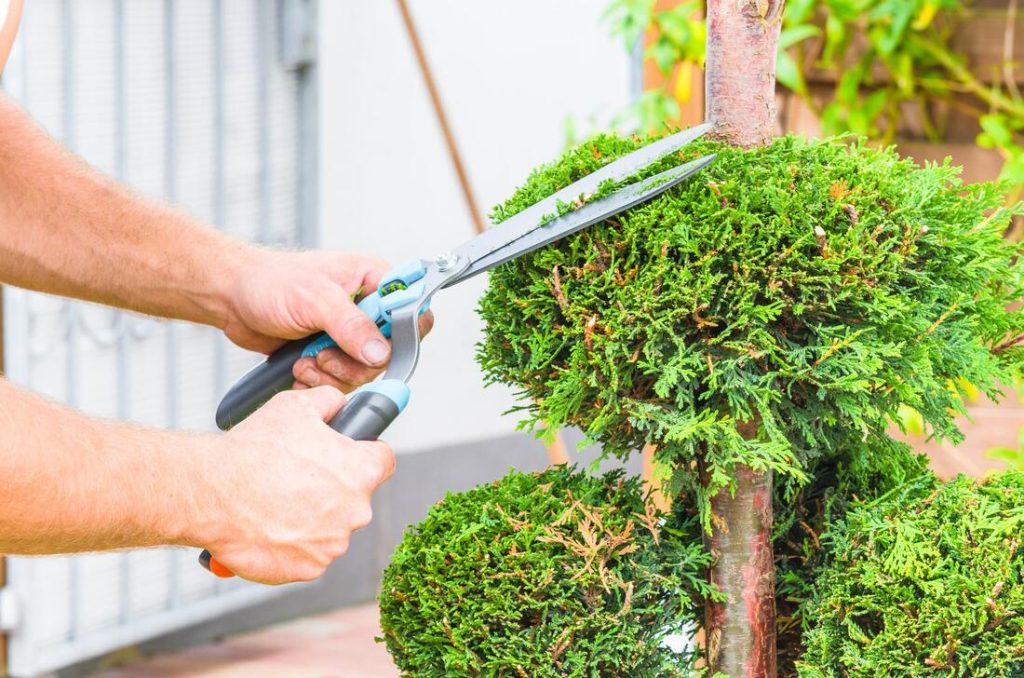In St. Petersburg, where the sunshine feels endless and palm-lined streets are part of the charm, it’s easy to overlook a tree that’s growing at an angle. But a leaning tree can be a quiet warning sign. Sometimes it’s just nature doing its thing — but other times, it’s a signal that your tree could fall. And when it does, it doesn’t always land peacefully.
Ignoring it could lead to serious property damage, injury, or even legal trouble. Let’s break down the reasons behind a leaning tree and why it’s not something to ignore.
What Causes a Tree to Lean in the First Place?
Trees don’t randomly decide to slant. There’s almost always a cause behind that tilt.
1. Soil Instability and Erosion
St. Pete’s sandy and often water-logged soil doesn’t always hold roots firmly. After heavy rains or flooding, the soil can shift or wash away, loosening a tree’s anchor and causing it to lean.
2. Root Damage or Root Plate Failure
When roots are pruned too aggressively, damaged during construction, or infected by disease, they lose their grip. The base of the tree — called the root plate — can start lifting, and the whole tree may tilt.

3. Wind and Weather Events
This coastal city gets its share of storms. Even moderate winds can cause trees to lean, especially if the root system is shallow. Hurricanes and tropical storms can cause immediate or gradual leaning.
4. Tree Species and Growth Patterns
Some species naturally grow at an angle, especially if they’re competing for light. Trees like live oaks and pines can stretch unevenly, causing a lean over time.
5. Bad Pruning Practices
Improper trimming, such as removing too many limbs on one side, throws off the tree’s balance. This asymmetry makes it more likely to lean or even snap.
When Is a Leaning Tree Actually Dangerous?
Not all leaning trees are at risk of falling — but some are ticking time bombs.
Here are signs that the lean might be dangerous:
- Sudden lean after a storm
- Exposed or cracked roots
- Lifted soil on one side
- Trunk cracks or splits
- The lean points toward a house, sidewalk, or power lines
If the angle is increasing over time or the tree looks unstable, it’s likely unsafe. The lean might be gradual, but once the internal structure gives way, the fall can happen in seconds.
Risks of Ignoring a Leaning Tree in St. Pete
Letting a leaning tree go unchecked is more than risky — it could be costly.
1. Property Damage
A large tree falling on your home, car, or fence can cause thousands in damage. Even if insurance covers it, your rates might go up.
2. Safety Hazards
Falling branches or a collapsing tree can injure pets, children, or anyone walking nearby.
3. Legal and Financial Liability
If your tree damages a neighbor’s property or city infrastructure, you might be held responsible. In some cases, cities issue fines for dangerous trees not handled in time.
4. Insurance Denial
Insurance companies might not cover damages if it’s proven the tree was already at risk and the issue was ignored.
How Florida’s Climate Makes the Problem Worse
In St. Petersburg, leaning trees are more than just a landscape problem — they’re a climate concern.
- Hurricane winds shake weak trees until they snap.
- Saturated soil makes it easier for roots to slip and trees to tilt.
- High humidity speeds up rot in both roots and trunks.
- Shallow root systems, common in tropical trees, offer less support against high winds.
The tropical climate increases both the likelihood of a tree leaning — and the danger once it does.
What Can Be Done About a Leaning Tree?
It’s not always a lost cause. Many leaning trees can be saved — but you have to act fast.
1. Tree Inspection by a Certified Arborist
A detailed tree inspection in St. Petersburg is the first step. A certified arborist will assess the tree’s health, the root system, soil conditions, and any structural risks.
2. Cabling and Bracing
Some trees can be supported using tension cables and structural bracing. These tools help redistribute weight and stabilize the tree, reducing fall risk.
3. Selective Pruning
Removing heavy limbs from the leaning side can help balance the crown. Pruning is also useful to reduce wind resistance during storms.
4. Tree Removal
If the lean is too severe or the tree is dead/diseased, removal may be the safest option. Professional removal prevents damage to nearby property and ensures the tree comes down in a controlled manner.
5. Emergency Tree Services
For urgent cases, such as a post-storm lean or a sudden crack in the trunk, emergency crews can quickly stabilize or remove the tree before it falls.
Why St. Pete Homeowners Trust Panorama Tree Care
For over 24 years, Panorama Tree Care has helped protect Florida homes from tree hazards. Their team of ISA-certified arborists understands local soil types, weather conditions, and native tree species.
What sets them apart:
- Transparent, upfront pricing — no hidden fees
- Free written estimates
- Storm-safe techniques and top-tier equipment
- 24/7 emergency services
- Knowledge of city regulations and tree removal permits
They’ve served over 24,000 customers across the Tampa Bay region — and their reputation speaks for itself.
Final Thoughts: Don’t Wait Until It’s Too Late
That leaning tree in your yard might seem like no big deal — until it falls. A small lean today can become a full collapse tomorrow, especially with the next big storm.
Call in an expert for a proper tree inspection in St. Petersburg and get ahead of the danger. Whether the tree needs a little bracing, some smart pruning, or a safe removal, taking action now can save your home, wallet, and peace of mind later.